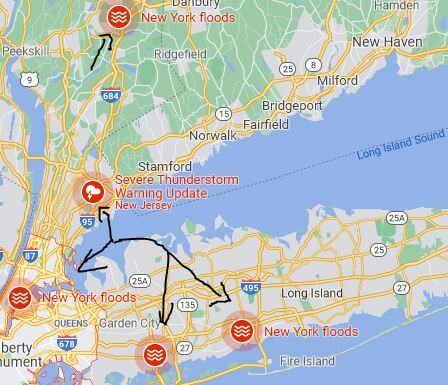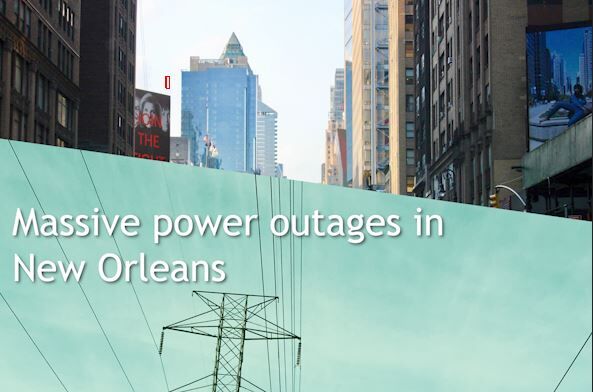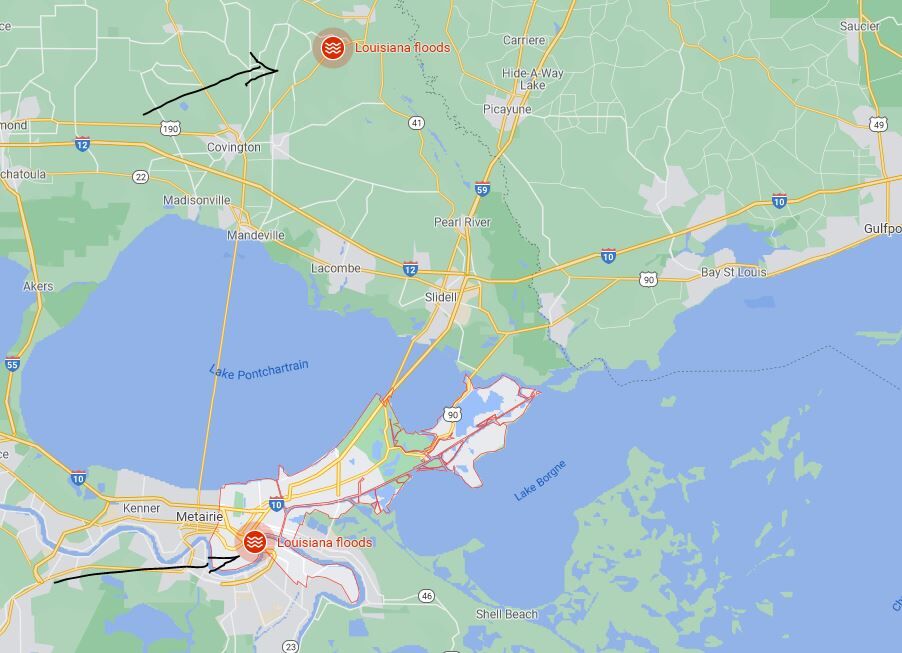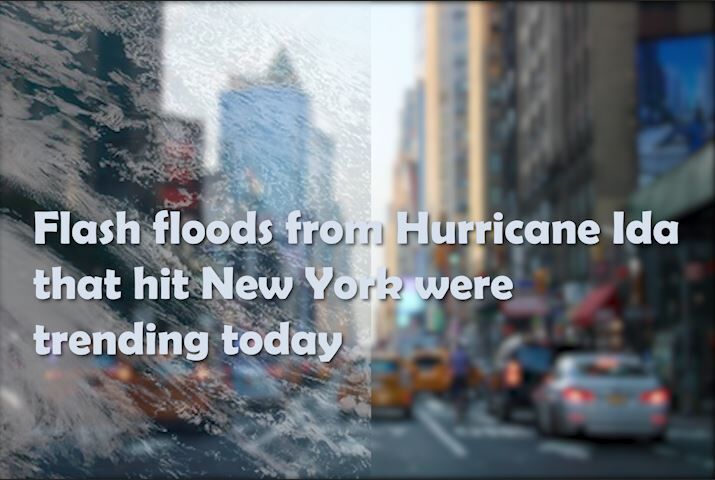Hurricane Ida hit the eastern part of the United States of America on 29 August 2021. It reached Port Fourchon with a wind speed of 240 Kilometers per hour which is equivalent to 150 miles an hour. As per the NASA earth observatory, it is considered the 5th Biggest hurricane ever reported to hit the continental United States.
As a majority of the people were still busy looking for the news about Afghanistan, within the U.S, there was devastation taking place. We are experiencing actual climate change.
Natural disasters won’t see who is nationalist or religious, rich or poor. These natural disasters will affect all in the community.

How is the work on the eastern part of the U.S. going on for energy restoration?
Talking about Louisiana, we can see the path of destruction even from google.The expectations indicate that Louisiana’s significant part could be out of power for an extended period.
The energy restoration could take months. The Energy firm Entergy also shed some light on “New Orleans Power Station to be an essential part for the energy restoration process.
Some crucial points we get to learn from this is the following:-
- About half of the energy Entergy New Orleans customers use is clean, coming from non-carbon-dioxide-emitting sources such as nuclear, solar, and hydropower.
- A further explanation suggests that to power the entire New Orleans city NOPS (New Orleans Power Station) is not large enough.
- Due to the transmission lines suffering some severe damage could take time for complete restoration.
Which areas faced power outages in the U.S. due to Hurricane Ida?
Some states in the U.S. had to face power outages due to the damage also caused to the transmission lines. Some areas such as Pennsylvania, New Jersey, Mississippi & Louisiana were the states that had more than 10 thousand power outages by the time we researched.
Louisiana had more than 100,000 outages. In fact, after a close look, we learn that it was even more than 800,000 by 12:09 pm BST. Figures keep updating every 10 minutes. Hence, it may differ by the time you see this article.

What do we think and our analysis show?
Analysis of this could be that every season could have a massive impact on many countries. It’s better to remain prepared. Many governments and most climate change information authorities have warned already in advance. NASA warned us much in advance if you remember the flooding due to the moon wobble news earlier this year.

What can we do to prepare for the disaster?
Listen and keep yourself updated on the warnings provided. Please note that all the information you read may not be applicable or accurate for your region. The best practice is to look for your region’s weather forecasting and disaster management agency warnings. They are there for a reason.
Not to rely on what is said in the international media entirely, because you would be in the situation. Others can provide you with a general or more close suggestion or advice. Eventually, it is you who have to make a decision. Keep all the necessary tools with you. You may never know when you would need them.

